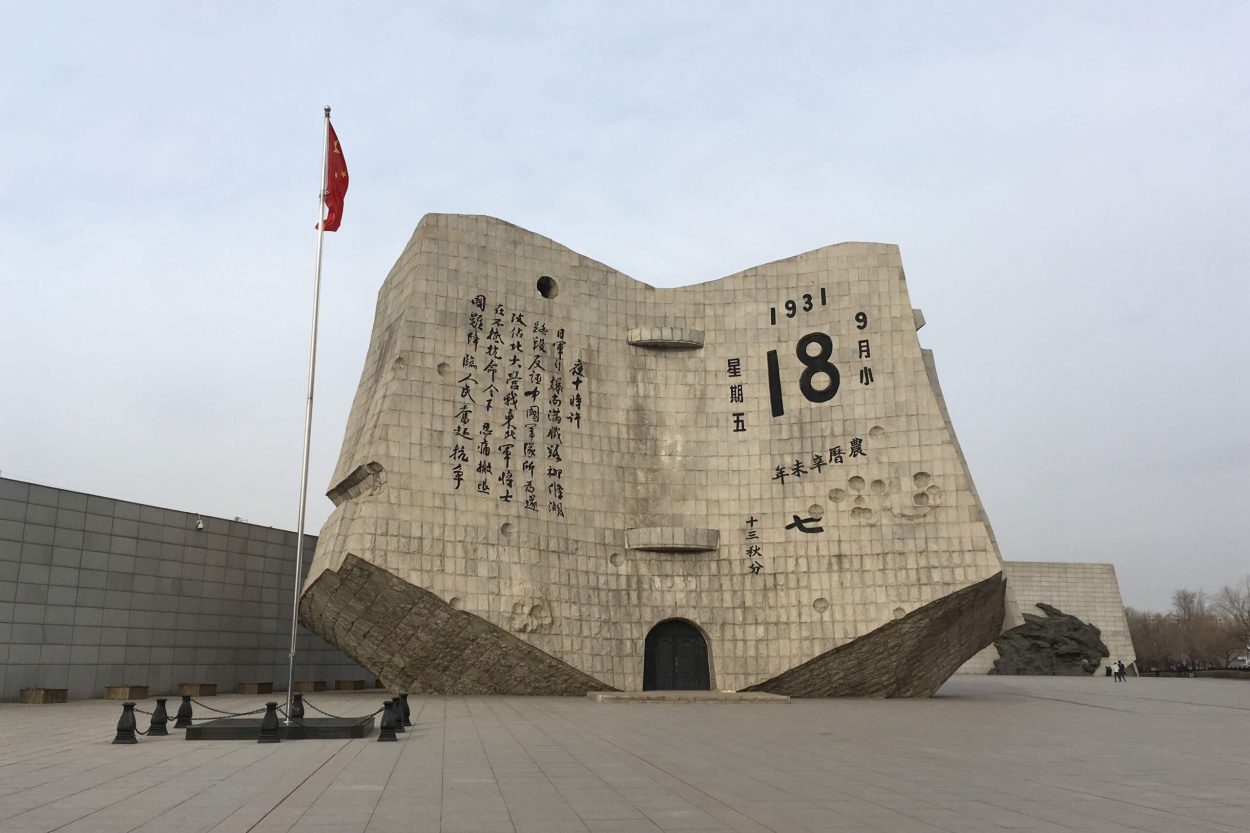Growing up on the Big Island of Hawaii, Kacie Miura says she felt removed from issues roiling the mainland U.S. and the rest of the world. “We were insulated in our own bubble and I wasn’t that interested in domestic or international politics,” says the fifth-year doctoral candidate. But while serving a two-year Peace Corps mission in China, Miura’s view of the world changed dramatically.
In 2010, she was stationed in Chongqing, teaching English to rural teachers and to students of Yangtze Normal University, when tensions flared around the arrest by Japan of a Chinese fishing boat captain.
“Major anti-Japanese protests erupted throughout China,” she recalls. “It was the first time I was confronted with the history between these nations, and it made me quite interested in the role of nationalism in politics.”
Gripped by this drama, Miura decided to return to academics and study the role and impact of nationalist sentiment in Chinese foreign policy. Today, she is in the midst of writing a dissertation that offers fresh insights on the way economic factors and domestic politics, especially at the local government level, shape China’s international relations.
“Those who study China see nationalism as a sort of narrative that the state actively creates, helping to create legitimacy for the [Communist] party,” says Miura. She set out to learn whether all Chinese politics followed the central government’s nationalist narrative.
In the past decade, several events involving foreign players have served to provoke an official reaction of nationalist outrage in China. For instance, in 2012, Japan procured islands in the East China Sea, a move that China strongly disputed. “There were massive protests throughout China, but not everywhere,” she said. “Certain cities appeared surprisingly quiet, and one of them was Dalian — a place with a long history of Japanese investment, and home to many Japanese enterprises.”
Reducing friction through trade
For her doctoral research, Miura decided to look closely at local responses to this incident, comparing Dalian with its provincial neighbor Shenyang, which shares geography, politics, and administration, but not the tight commercial connection to Japan. Might economic dependency in Dalian soften any local, antiforeign political protests, she wondered, and would Shenyang prove to be more overtly anti-Japanese, in line with the central government’s stance?
To answer these questions, Miura conducted interviews with former officials, local residents and scholars, and scraped data from newspapers in each city to gauge sentiment about Japan during the months-long dispute in 2012. The results reinforced her initial hunch — for the most part.
“At Shenyang, leaders were permissive about anti-Japanese protests, including a huge one outside the Japanese consulate,” says Miura. “Protest organizers, who claimed to have the support of the local government, were allegedly so eager for a successful event that they arranged transportation to bring in more people.”
In Dalian, leaders found understated ways of supporting Japan. “As a Japanese businessperson put it: They were extending fists above the table, but reaching out under the table to shake hands,” she says.
Miura is building an argument that China’s central government is not a monolithic authority in determining political responses to international disputes. To bolster this case, she is also researching retaliation against South Korea in Chinese cities with different commercial ties to Seoul, after that nation installed an antiballistic missile defense system China found objectionable.
She is also teasing out the role of the central government’s anticorruption crusades on local politics, as well as whether growing unemployment and associated social unrest, viewed with great alarm by Beijing, might factor into local government compliance with the central government’s xenophobic policies.
While it’s still early for any conclusions, Miura hopes her work will have implications for people eager to understand China’s growing influence. “My research might encourage policymakers and businesses to seek allies at the local level, perhaps in cities that already have lots of American firms, where they can expect to be relatively protected even when political tensions are high.”
Identity crisis
Miura confesses she is surprised to find herself in the midst of such research, or even pursuing a PhD. In college, she imagined she would remain in Hawaii and become a journalist. But with the 2008 recession, and newsrooms across the state downsizing, she thought her stint in the Peace Corps would buy her some time to figure out next steps.
Her transformative experience in China wasn’t just about living far away from home and learning another language. Miura is a fourth-generation Japanese-American, which complicated her interactions with Chinese hosts and students. “I had a full-blown identity crisis,” she recalls. “People didn’t see me as really American because I didn’t have blonde hair and blue eyes.” She says she “blended in,” which meant “locals often chose not to acknowledge the Japanese side of me.”
This sharpened Miura’s sensitivity to the rise of anti-Japanese anger, feeding her concern about nationalism. She pursued a master’s degree at Yale in international relations, and interned at the International Crisis Group in Beijing, where she helped draft a report on regional responses to China’s actions in the South China Sea. Through this work, she connected with Taylor Fravel, the Arthur and Ruth Sloan Professor of Political Science and an authority on China and international security. When she decided that her depth of interest required an advanced degree, MIT and work with Fravel seemed a natural fit.
She is deeply committed to contributing as a scholar to US-China relations.
“There is so little debate in policy circles, and I worry about the rhetoric — that people have concluded China is a threat,” she says. “I would like to provide a voice of reason to persuade decision makers not to overreact to every single thing China does, and to realize that oftentimes what China does is in response to what we do.”
